By Pooja Vinod Kumar on Oct 16, 2019 2:24:55 PM
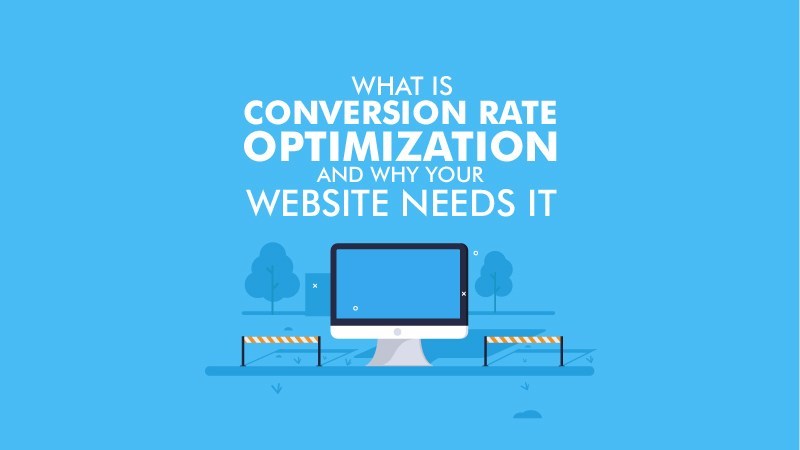
Make your website work smarter, not harder, to generate more qualified leads and customers. Learn how with the help of conversion rate optimization.
According to HubSpot, "conversion rate optimization (CRO) is the process of enabling people to take action when they visit a website. By designing and modifying certain elements of a website, a business can increase the chances that site visitors will" convert "into a lead or customer before they leave."
Many websites are designed to convert website visitors into customers. These conversions take place throughout the website— on the homepage, pricing page, blog, and landing pages— and they can all be optimized for a higher number of conversions. Just what CRO entails is the method of optimizing such conversions.
Here's a little more detail on how the above website elements can benefit from CRO.
CRO Marketing Strategies to Try
1. Create text-based CTAs within blog posts.
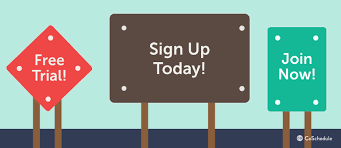
While including a call-to-action (CTA) in your blog post is a good practice, these sometimes fail to attract people to take the course of action they want. Banner blindness is a very real phenomenon as people get used to ignoring banner-like website data.
This lack of attention, coupled with the fact that visitors to the website are not always reading to the bottom of a blog post while they "snack" on content, requires a new approach. That's where the text-based CTA comes in handy.
2. Include lead flows on your blog.
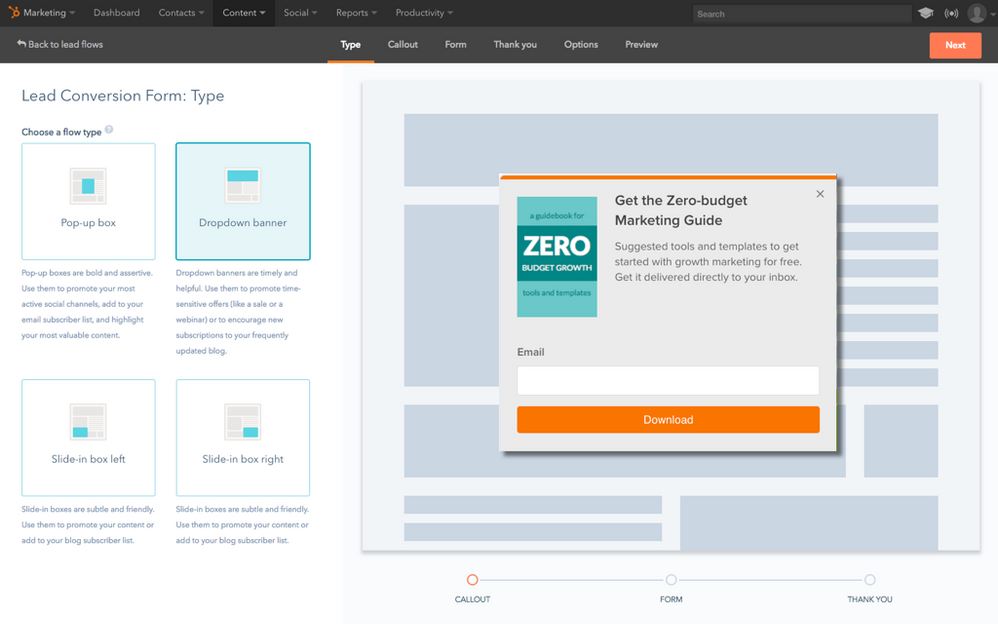
Including lead flows on your blog is another test you should consider. These are, in essence, high-converting pop-ups designed to attract attention and value. Based on your bid, you can choose from a slide-in box, drop-down banner or pop-up box. We tested on the HubSpot blog with the slide-in box, achieving a 192 percent higher clickthrough rate and 27 percent higher submissions at the bottom of a blog post than a standard CTA.
3. Run tests on your landing pages.
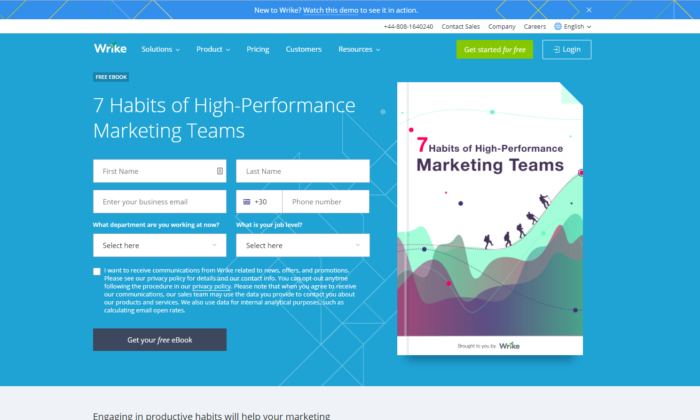
Landing pages are a significant part of the toolkit of the modern marketer. A landing page is where a visitor to the website becomes a lead, or where an existing lead engages your brand more deeply. These pages play an important role on your website, and to get the most out of them, you must run A / B tests.
But what are you supposed to test for A / B? We know that a high-performance landing page can have a tremendous impact on a company, so we make it easy for HubSpot to check variants and make further conversions. You can review copy of the website quickly and easily, give content, photo, formulate questions, and layout the page. Check out these tips and our A / B research guide for successful A / B analysis.
4. Help leads to immediately become a marketing-qualified lead (MQL).

Often visitors to your website want to go straight to business and speak to a sales representative, rather than being nurtured by promotional deals. With a combination of strategic development and smart CTAs, you can make it easy for them to take this action (and automatically become a marketing-qualified lead).
Clear, persuasive copy has the potential for your company to push change and increase conversions. But what acts do you want to promote to become MQLs for visitors?
The key takeaway is to look for ways to remove friction from the sales process. However, if you make it easy for people to book a meeting with sales representatives, we recommend further qualification before the call takes place so that the sales representative can tailor the conversation.
5. Build workflows to enable your sales team.
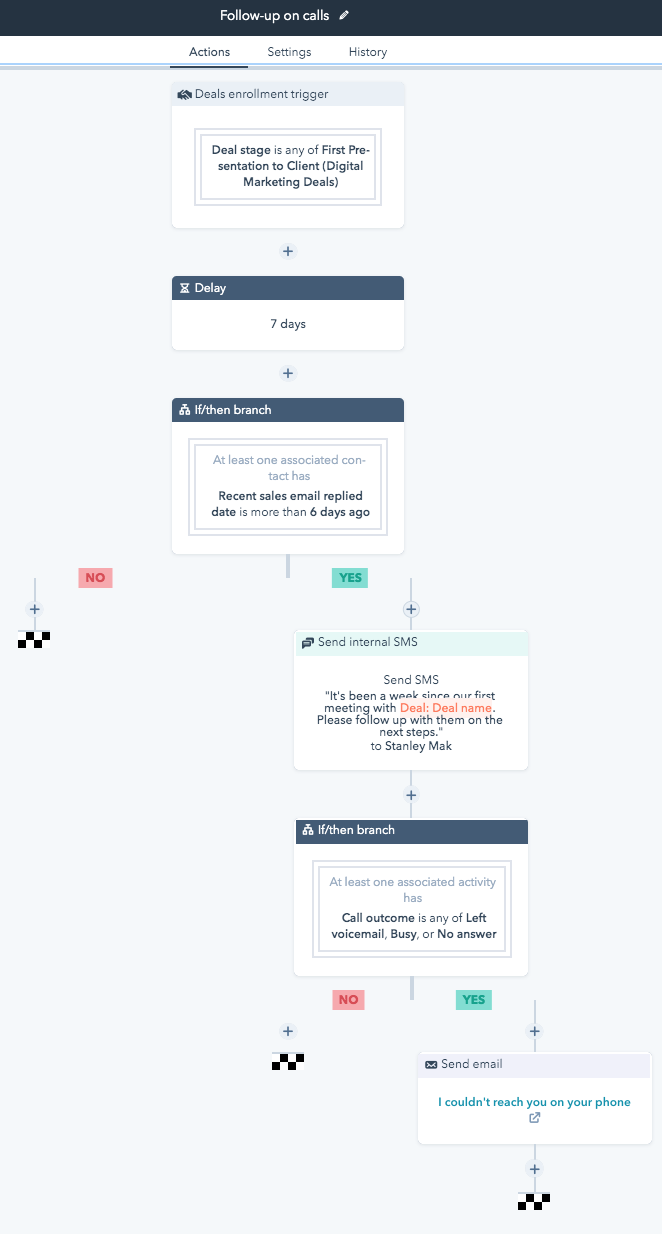
There are a number of automated workflows you can create that your colleagues in sales will thank you for. Did you know, for example, that emails can be sent on behalf of sales reps, so can leads book a meeting with them by clicking a button? Or may sales reps receive an email notification when a lead takes a high-intentioned move, such as viewing your website's pricing page? And if you're working in e-commerce, you can give people who leave their shopping cart a message.
6. Add messages to high-converting web pages.
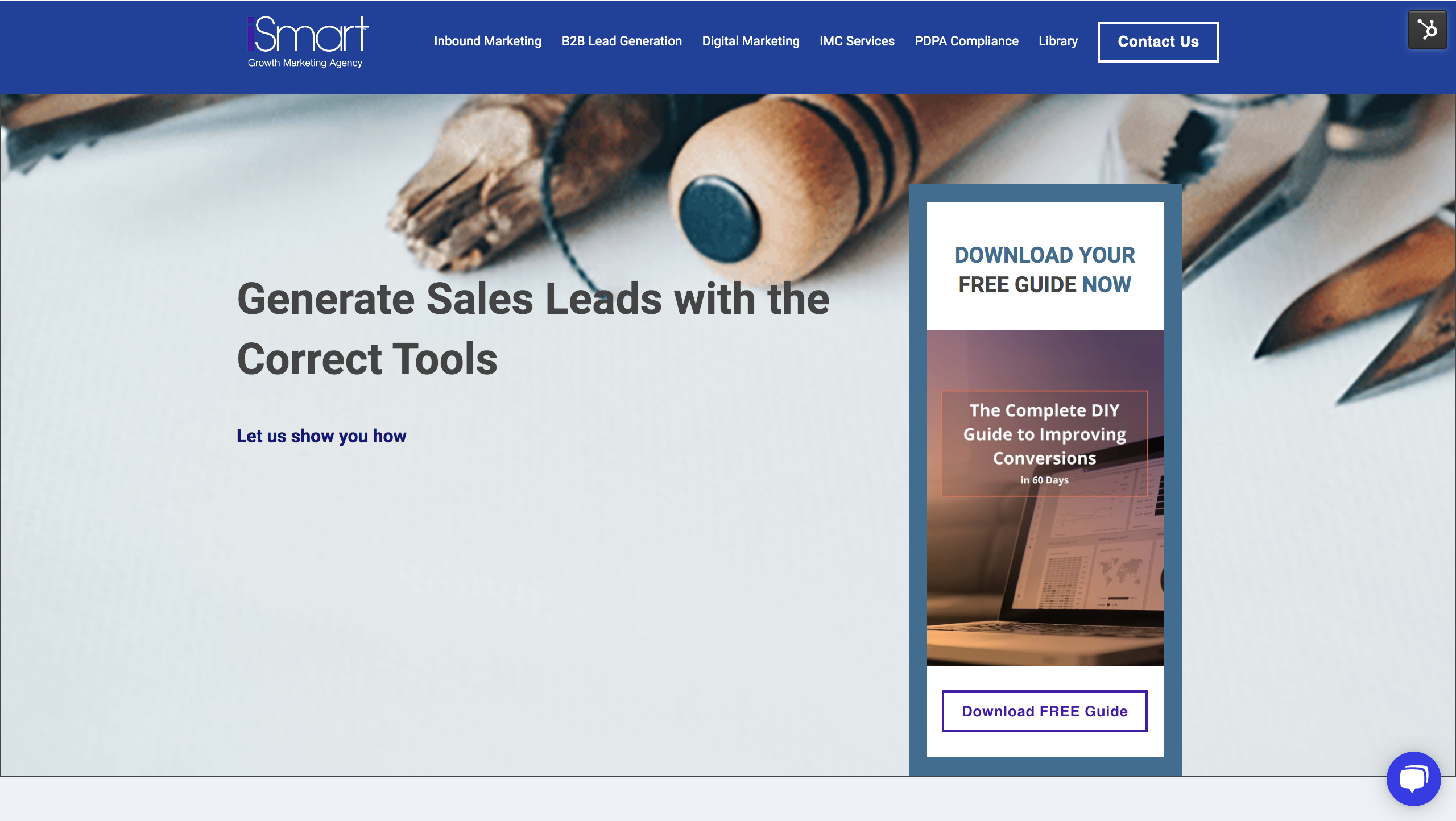
With the notification service from HubSpot, it is now possible to communicate in real time using website visitors. To order to increase sales, you must add communication features to high-performance web pages, such as pricing or brand pages, so conversion leads instead of leaving.
You can also do action-based chatting. For example, if someone has spent more than a minute on the page, you may want to automatically offer help and answer any questions they may have (the live chat tool of HubSpot, which is now available, makes this easy).
7. Optimize high-performing blog posts.
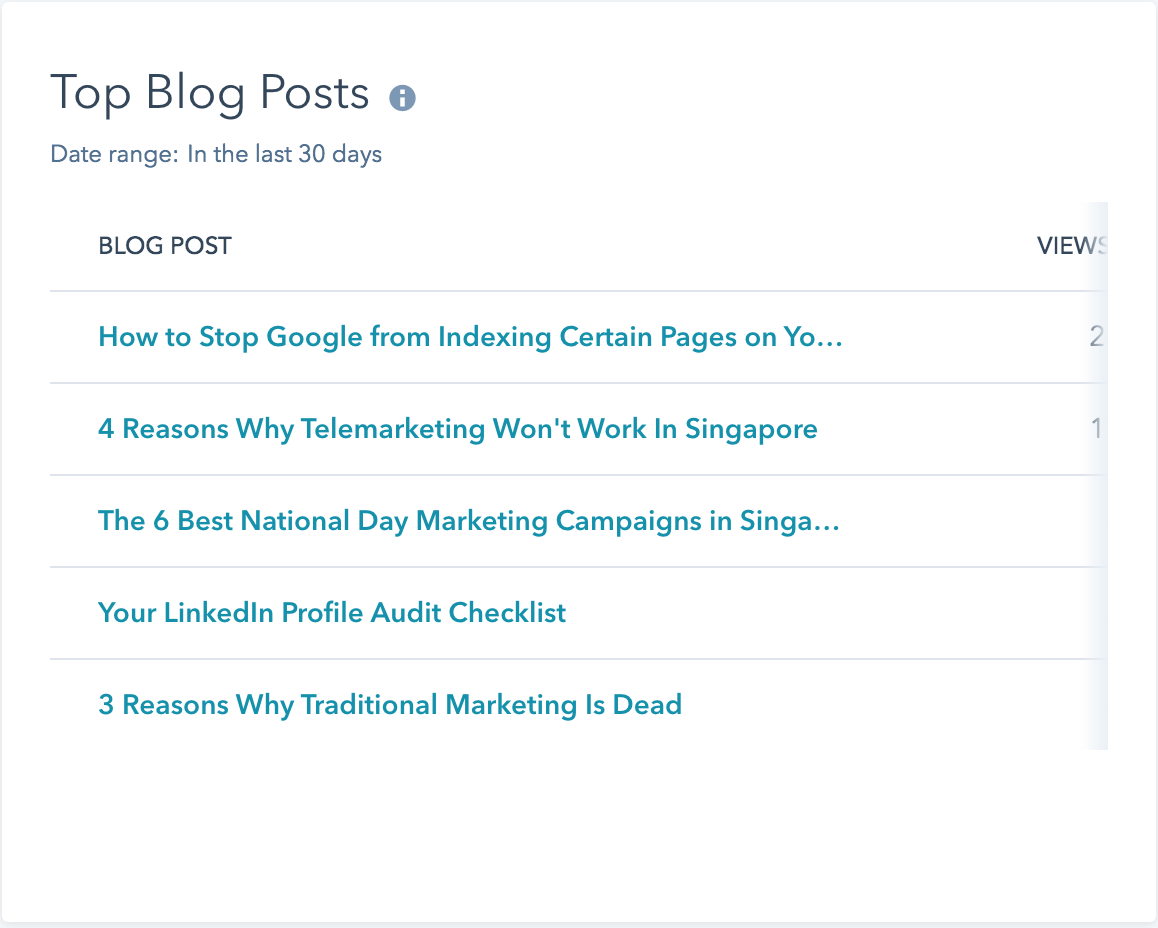
If you've been blogging for over a year, some blog posts are likely to outperform others. Identify the blog posts with high web traffic levels but low conversion rates to get started. The service deal that you are selling may not be consistent with the content of the blog post, or the CTA may not be explicit.
8. Leverage retargeting to re-engage website visitors.
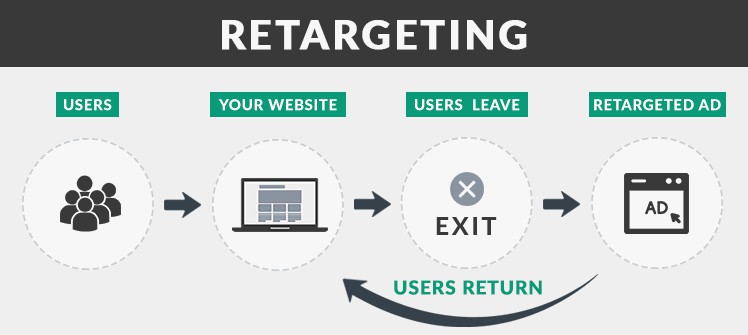
It doesn't matter what your key metric for conversion is: the flat, hard truth is that most people on your website don't take the action you want them to take. You can re-engage people who have left your website by using retargeting (sometimes referred to as re-marketing).
Retargeting works by monitoring visitors to your website when they visit other websites around the world and showing them online ads. If you retarget people who visit high-converting web pages, this is especially impactful.
The standard inbound rules are still valid— you need a well-crafted version, an engaging picture, and a convincing job retargeting bid.

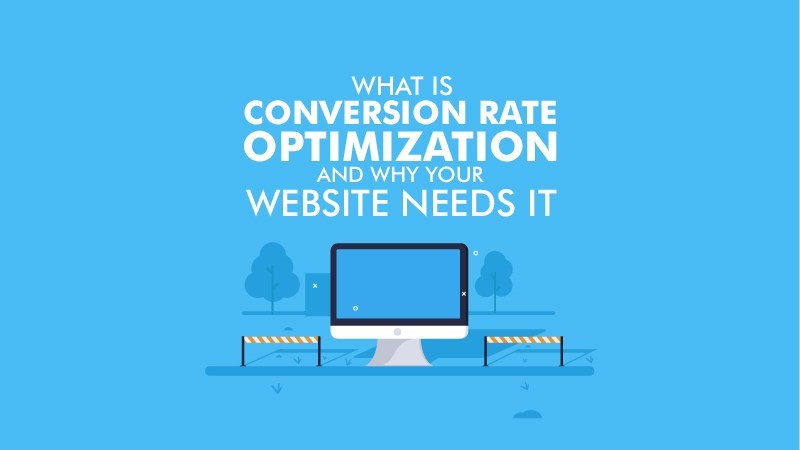


comments